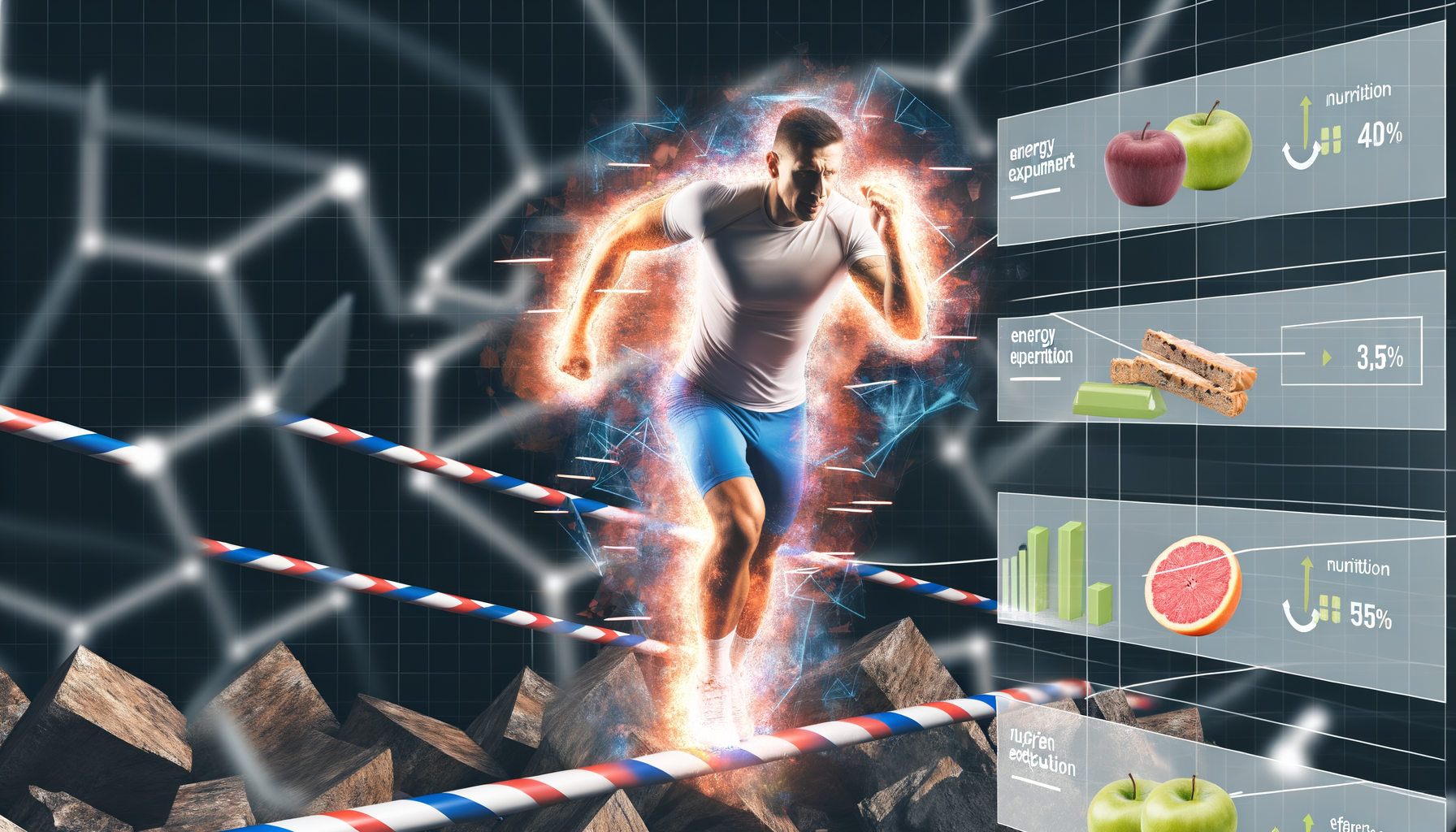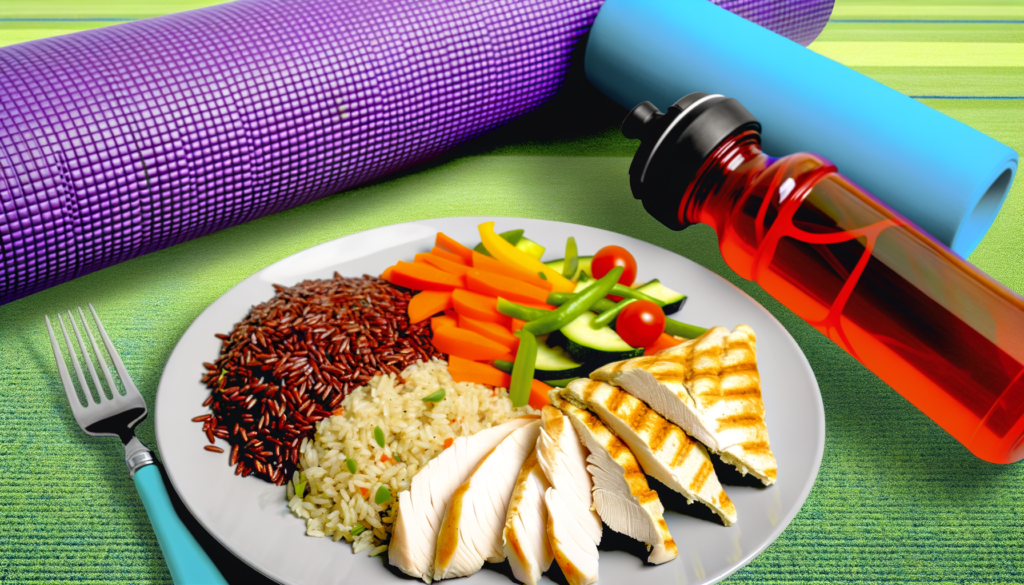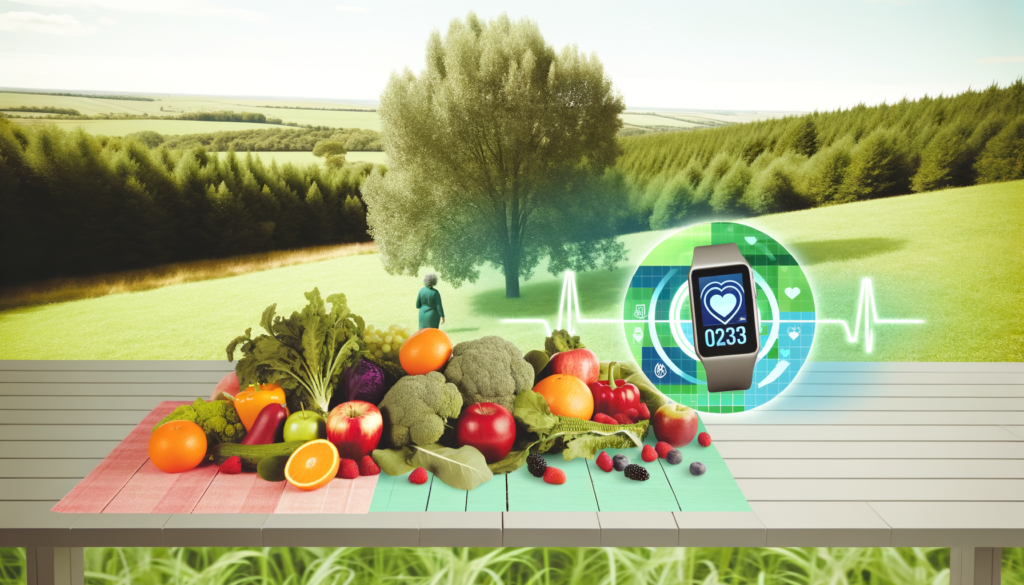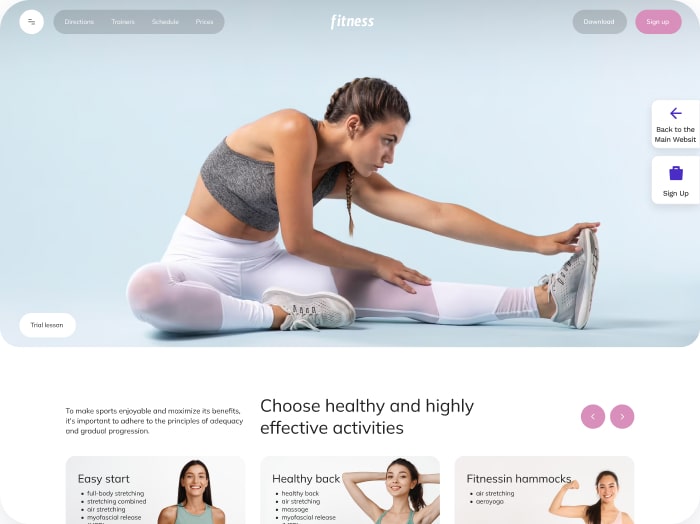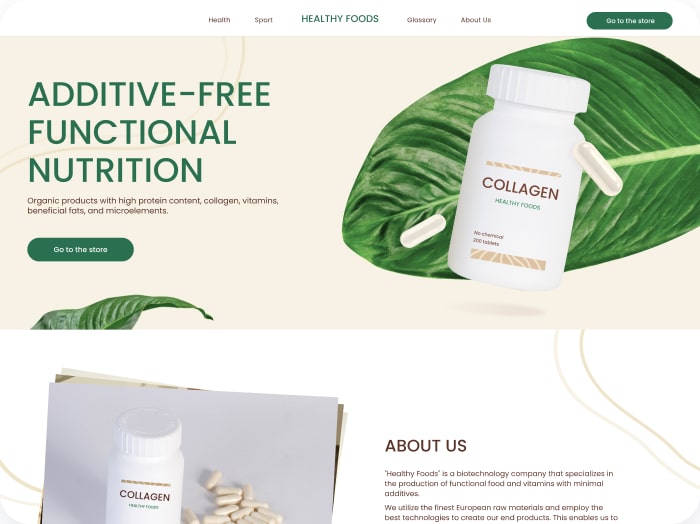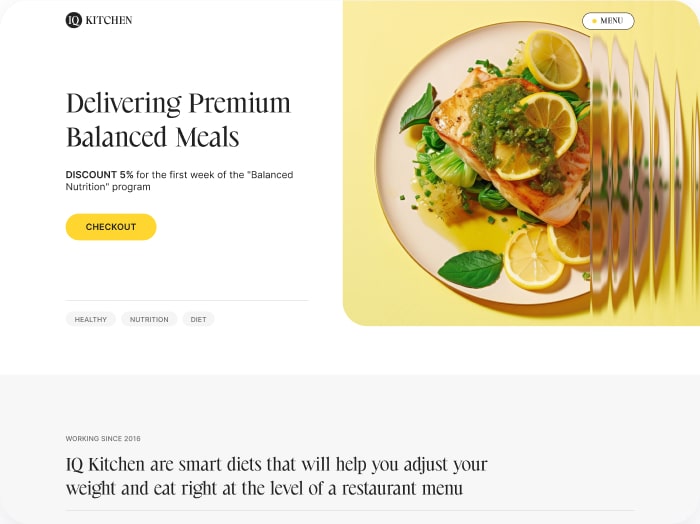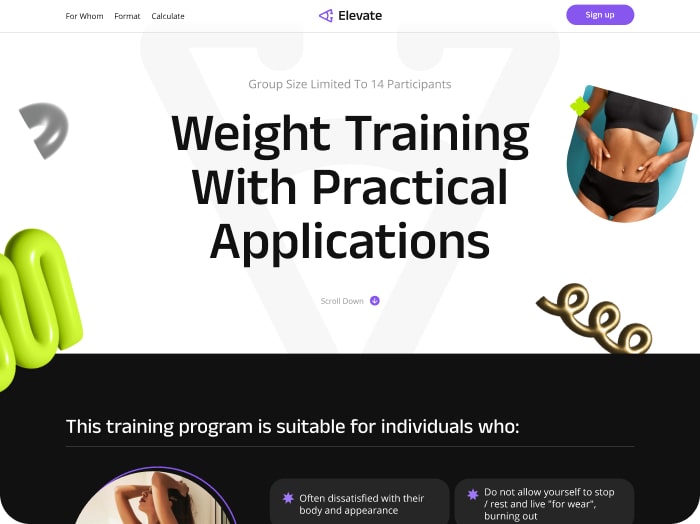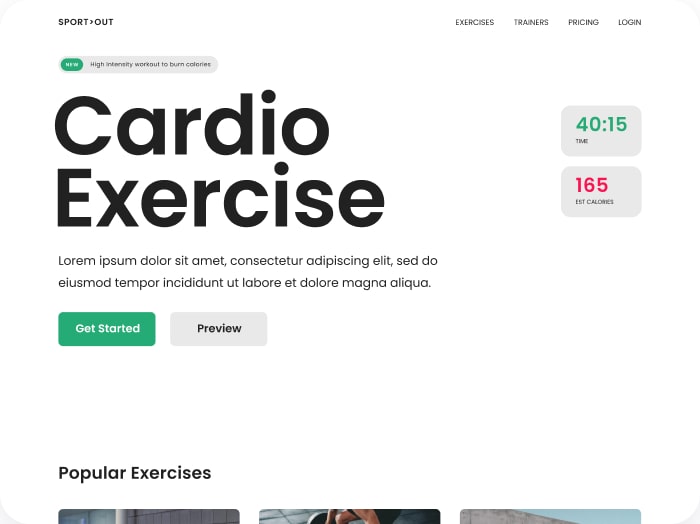Unlocking Peak Performance: How Calorie Data Can Transform Your Obstacle Course Training
Navigating the challenging terrain of an obstacle course race (OCR) requires a multifaceted approach that goes beyond mere physical training. Nutrition, particularly the strategic use of calorie data, is a critical component that can significantly enhance your performance and endurance. Here’s how you can leverage calorie data to optimize your training for OCR events.
Fuelling Foundations: Understanding Macronutrient Needs
A meticulous approach to macronutrients is essential for OCR competitors. Carbohydrates, proteins, and fats each play a vital role in fueling your body for these demanding events. Carbohydrates stockpile energy, proteins repair and build muscle, and fats offer prolonged fuel.
### Carbohydrate Intake
For OCR events lasting between 45 to 75 minutes, consuming up to 30 grams of carbohydrates per hour is recommended. For longer events, such as those lasting 1 to 2.5 hours, the intake should be between 30-60 grams per hour.
### Protein and Fat
Proteins are crucial for muscle repair and growth, while fats provide sustained energy. A balanced diet that includes lean proteins and healthy fats can help in maintaining energy levels throughout the race. For example, a pre-race meal should include complex carbs and lean proteins to provide lasting vigor.
Timing Your Meals: The Science of Energy Optimization
Strategic meal timing is pivotal in OCR preparation. Eating too close to the race can lead to discomfort, while a meal too distant can leave energy reserves depleted.
### Pre-Race Nutrition
A pre-race meal should occur 2-3 hours before the event, combining complex carbs and lean proteins. For instance, a meal consisting of whole grain pasta with lean chicken and vegetables can provide the necessary energy and nutrients.
### Post-Race Recovery
Post-race, replenishment is crucial. A balance of protein and carbs aids in recovery. Consuming a mix of carbohydrates and proteins within 30-60 minutes after the race can help in replenishing energy stores and supporting muscle recovery.
Hydration Tactics: Beyond Just Water
Hydration is often underestimated in OCR preparation, but it is crucial for maintaining stamina and preventing cramps. It’s not just about water intake; electrolyte balance plays a significant role.
### Electrolyte Balance
Before an event, sipping on fluids with added electrolytes can optimize hydration levels without overloading the system. During the race, small but consistent amounts of electrolyte-rich fluids keep performance at its peak. Products like Nuun or Gatorade can be useful in maintaining electrolyte balance.
Personalised Diet Plans: Tailoring Your Nutrition
Adapting your diet to suit personal preferences and nutritional needs is essential for OCR success. Whether you follow a vegan, keto, or calorie-smart diet, each approach has its distinct advantages and considerations.
### Customised Nutrition
Using tools like the Calorie Calculator Cloud, you can calculate your specific calorie needs based on your training schedule, body composition, and dietary preferences. This ensures that your body gets exactly what it needs to conquer the course ahead.
Diet’s Role in Injury Prevention
A smart nutritional strategy does more than just boost performance; it is also instrumental in preventing and dealing with obstacle course injuries. Adequate macronutrient intake fortifies the body, supporting muscle and connective tissue health.
### Anti-Inflammatory Foods
Eating anti-inflammatory foods such as omega-3 rich fish, turmeric, and leafy greens can help in reducing inflammation and promoting healing. Additionally, ample micronutrients like vitamins C and D, and minerals such as calcium and iron, are essential for overall health and injury prevention.
Stay Agile with Smart Snacking
Keeping energy levels consistent throughout training is not just about main meals; wise snacking plays a crucial role in enabling sustained endurance.
### Nutrient-Dense Snacks
Nutrient-dense snacks rich in protein, healthy fats, and fibre can stave off hunger and provide a steady release of energy. Snacks like nuts, seeds, and energy bars from brands like Clif Bar or PowerBar can be beneficial.
Real-World Examples and Case Studies
A study on extreme OCR highlighted the unique physiological demands of these events. A participant in an extreme OCR event lasting 24 hours burned an average of 244 calories per hour, with peak energy utilization occurring in the first hour of the race.
### Practical Application
Understanding these physiological demands can help in tailoring your nutrition plan. For instance, if you are training for a 24-hour OCR, you would need to ensure that your calorie intake matches the energy expenditure. Using calorie data from tools like the Calorie Calculator Plans can help in planning your meals and snacks accurately.
Conclusion and Next Steps
As you prepare for your next OCR, remember that your diet is as critical as your physical training. By leveraging calorie data to optimize your nutrition, you can enhance your performance, prevent injuries, and ensure a successful race day.
### Take Action Today
Start by calculating your specific calorie needs using the Calorie Calculator Cloud. Tailor your diet to include the right balance of macronutrients, hydrate effectively, and incorporate smart snacking into your routine. With these strategies in place, you’ll be well on your way to conquering every obstacle with confidence and peak performance.
